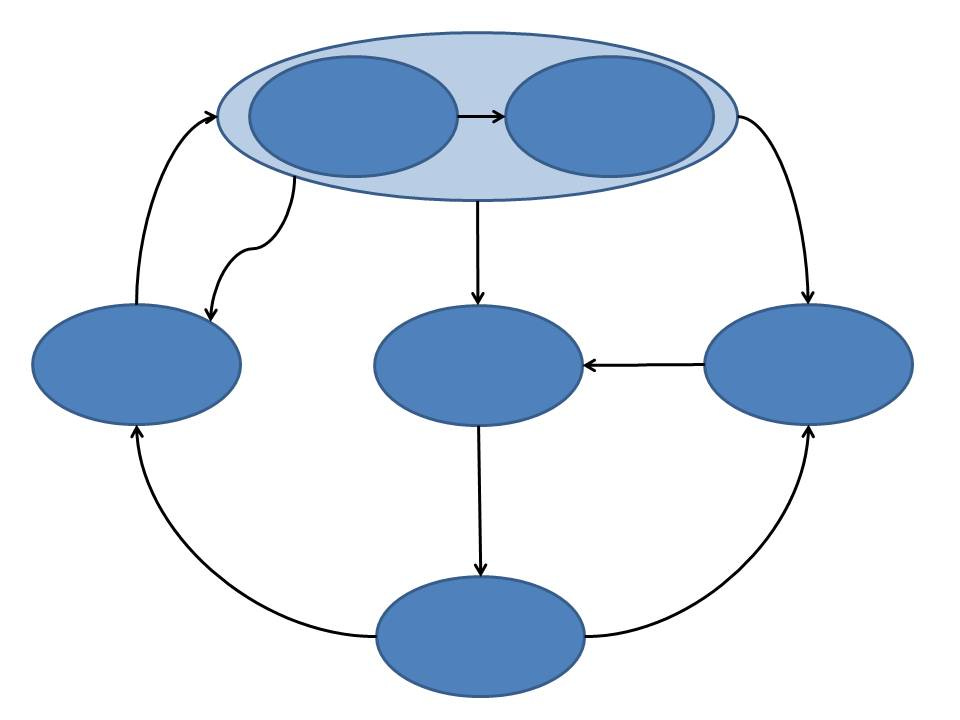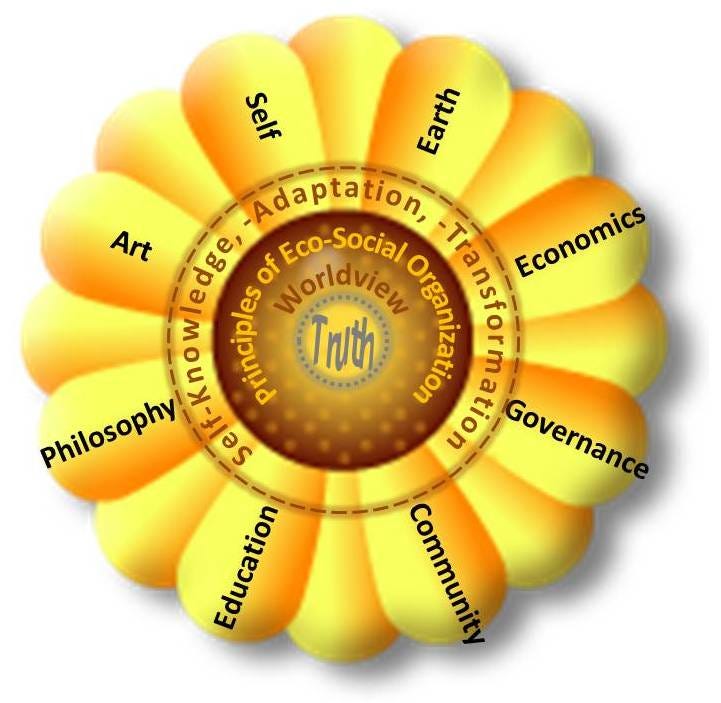We are at an epochal moment in human history, the sort of moment that comes along only every several hundred, thousand, or even tens of thousands of years. It is a moment of profound transformation of human consciousness that raises such existential questions as who we are, why we are here, and what it is that we are called to do. We are getting signals from various quarters that all is not as it seems and has seemed for a very long time – signals from several fields in the physical and biological sciences; from myriad dysfunctions in the social, economic, and political institutions that we thought were immutable but now find are falling down around our ears; from Earth herself; as well as from indigenous, mystical, and other spiritual traditions.
We are on the cusp of a shift in human consciousness that is calling out for a corresponding epochal shift in our social, political, and economic institutions. We need much more than tweaks of the policy dials, such as tax rates or fuel economy standards. Even much more than the huge reconfiguration of the American political, social, and economic institutions, including the Constitution itself, that many on both the Left and Right of the political spectrum would like to see.
Holistic systems thinker and global citizen Donella Meadows, in her 1999 paper “Leverage Points: Places to Intervene in a System”, counts down 12 leverage points for change, ranging from simple number tweaks (#12) all the way to a shift in worldview (#2) and even to transcending worldviews (#1) by realizing that we do have worldviews that we should accept with all due humility as mere models of our imperfect understanding of a more mysterious reality. I would guess that many of the political debates these days aim at what Meadows would call changing some of the rules of the game (#5) and carrying out some basic institutional structural reform (#4).
At this epochal moment, it is clear that we are in need of change at levels #1 and#2, with all the institutional implications consequent to such a transformational shift.
Hence, the Sunflower Model.
It didn’t start out as a sunflower. At first I just wanted to write about it – kind of like I’m doing here. I quickly became aware, however of the limitations of linear prose to convey a very nonlinear, holistic message. So, how about doing it graphically? Left-brained analyst that I am, art and graphics are not my natural habitat, so maybe doing it that way would be a learning experience outside my comfort zone.
So, I gave it a shot and came up with a classic system feedback control flow diagram. Ugh! Hardly holistic, too heavy on the head, lacking the appeal to the heart that is critical to effecting Meadows’ Level 1 and Level 2 transformations.
For some mysterious reason (or no reason at all), the image of a sunflower popped into the right side of my head. A search of online clip art came up with this stylized version of a sunflower. I don’t know why a sunflower. I suppose I could analyze it, but that would be contrary to the inspiration of the non-reason. So, let’s just leave it at that.
The resulting Sunflower Model, with its 12 elements, looks like this.
A disclaimer: all of this is my own personal way of seeing things. I make no claim to possessing the ultimate truth about any of it. Especially the truth about Truth! It’s all a sort of current snapshot of the Sunflower Model, resulting from a lifetime of readings, conversations, experiences, ponderings, questioning. Well, a partial lifetime, anyway, as I’m still here and look forward to the Sunflower Model continuing to evolve, as it surely must.




